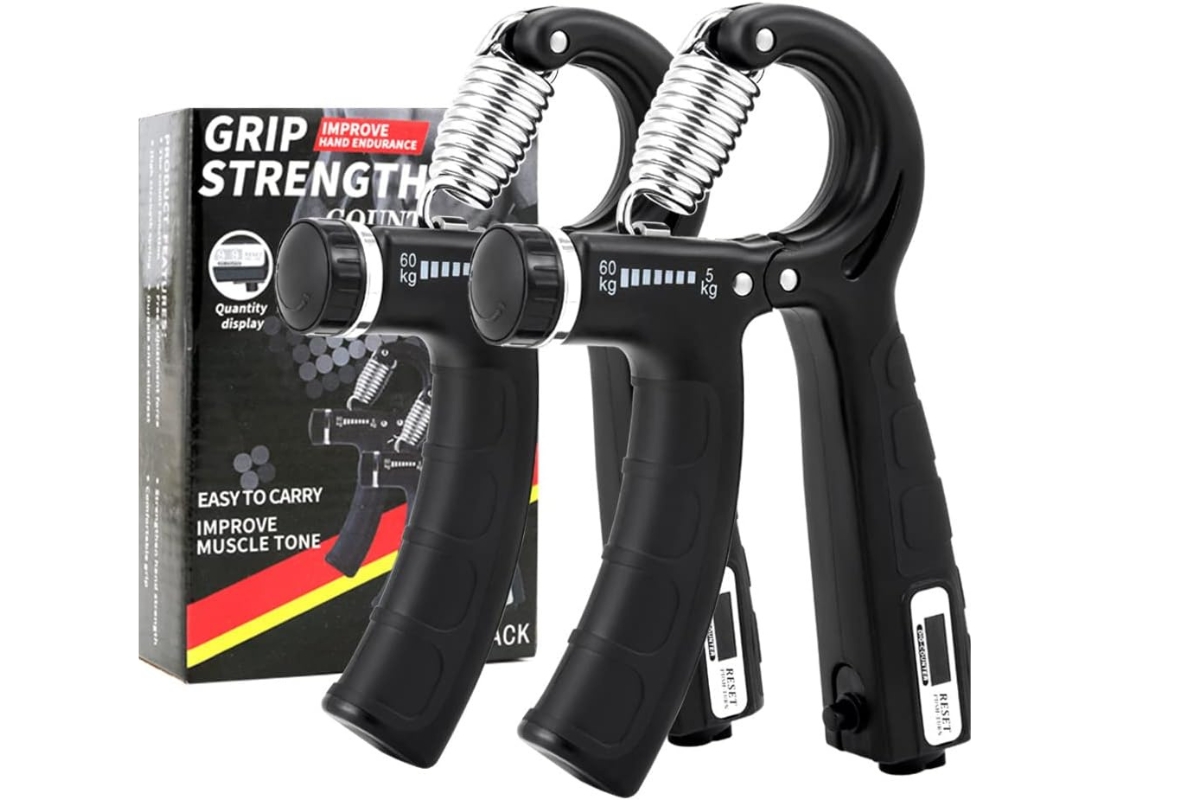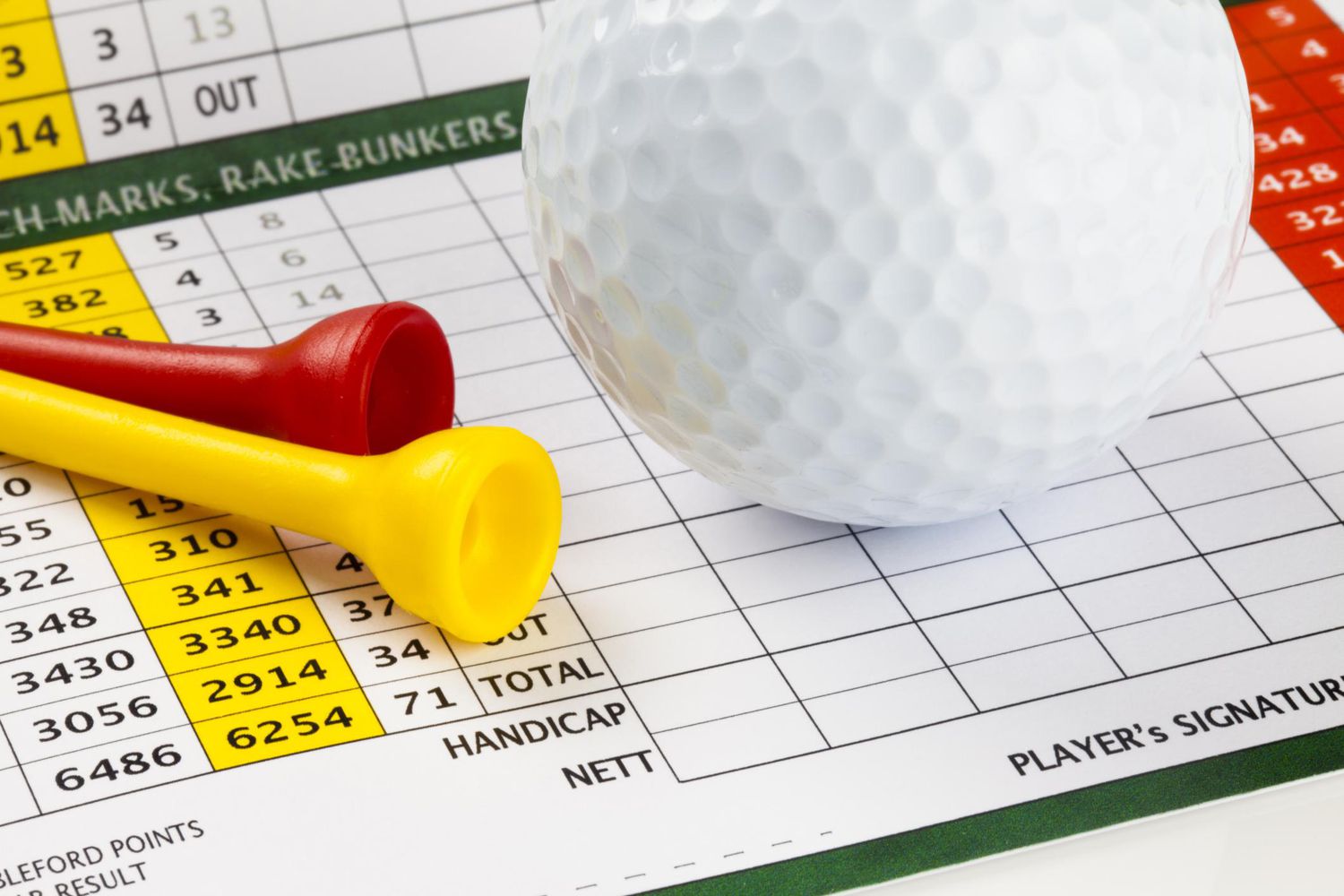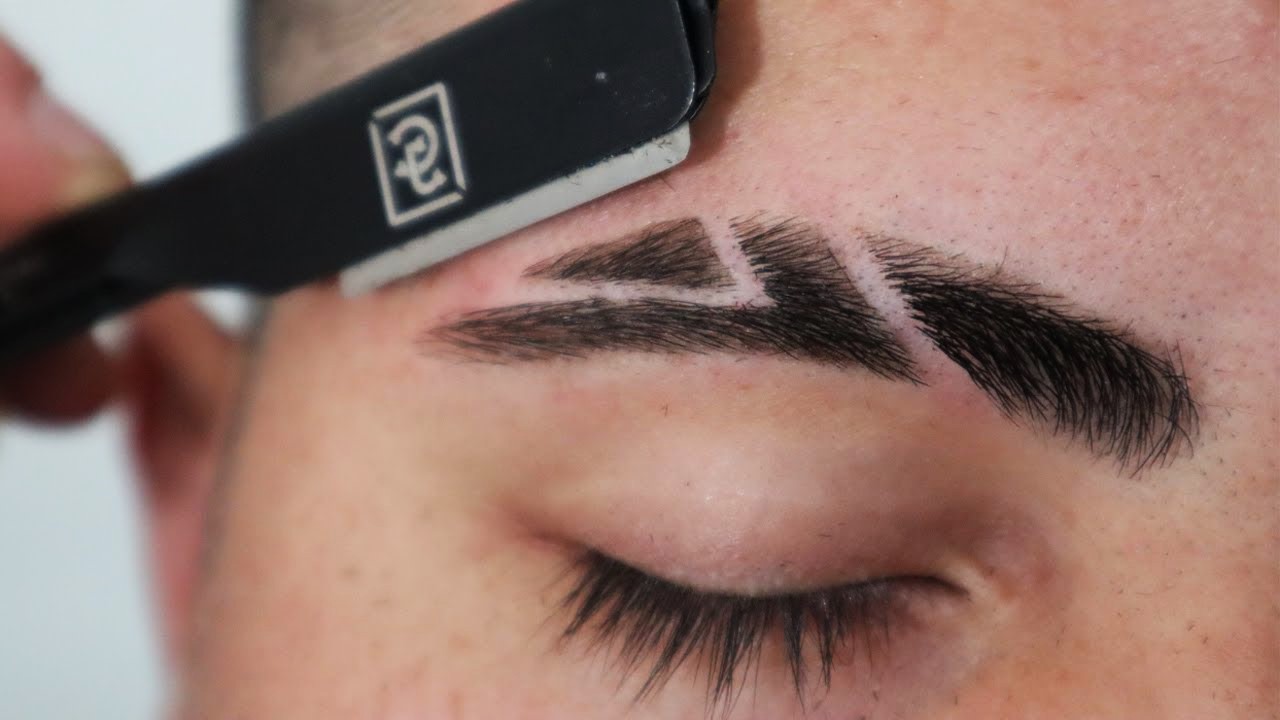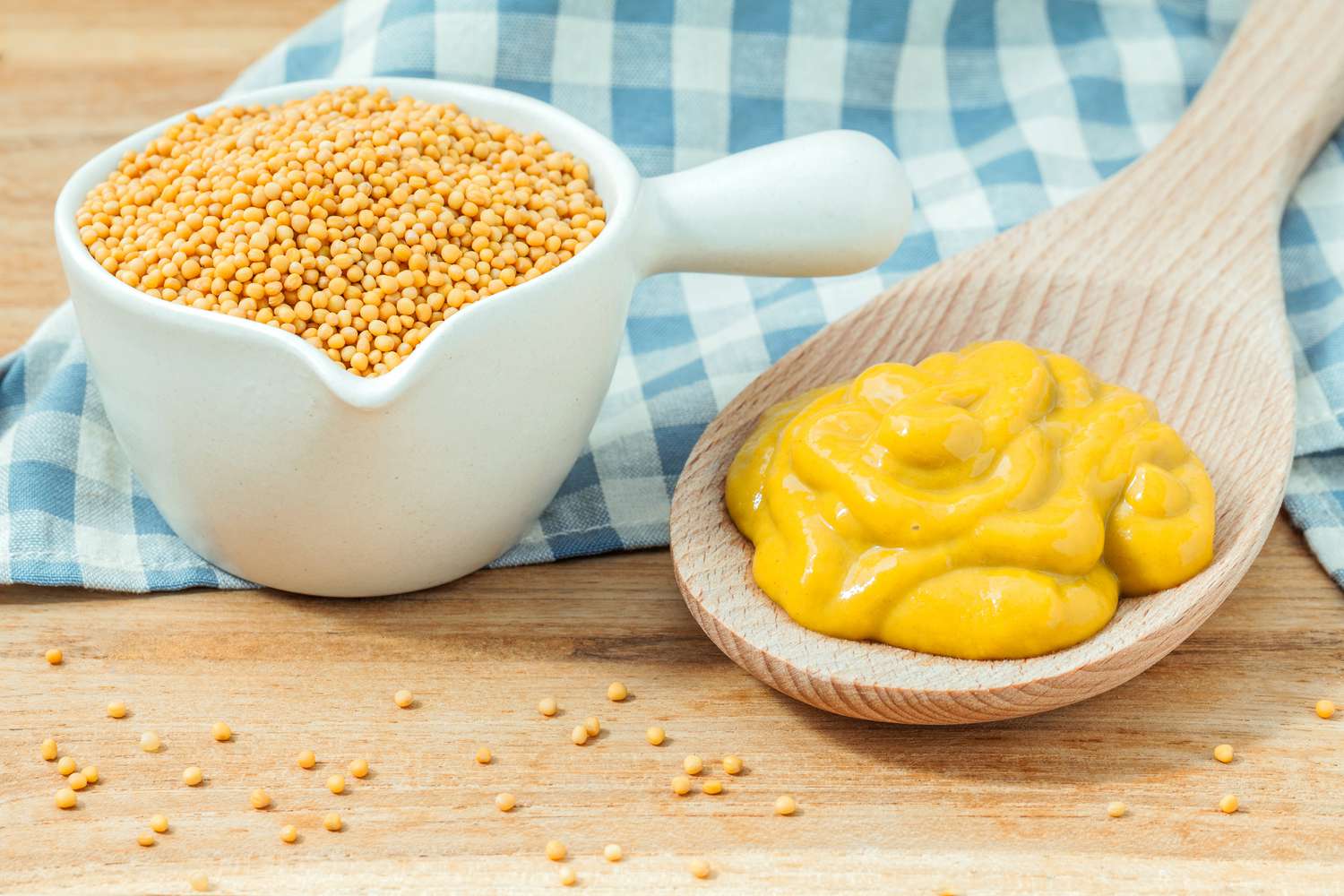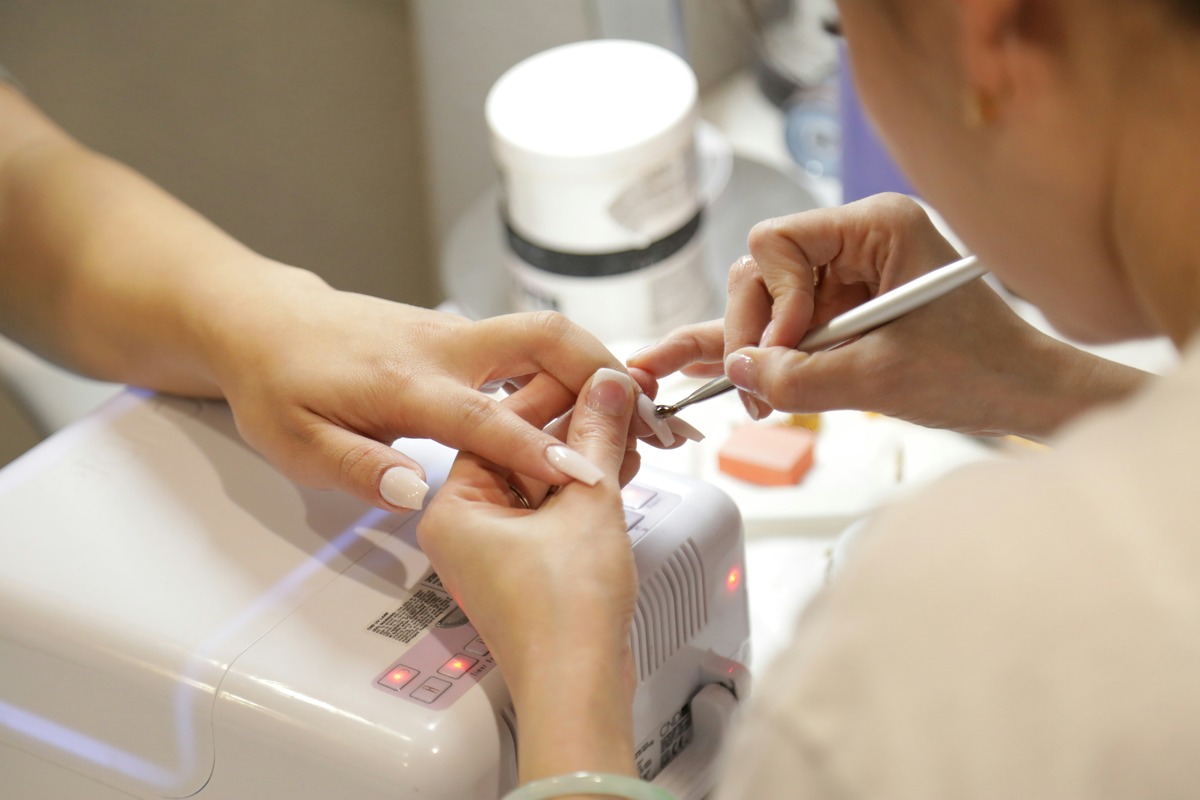Home>Self-Improvement>How To Perfect Your Golf Grip
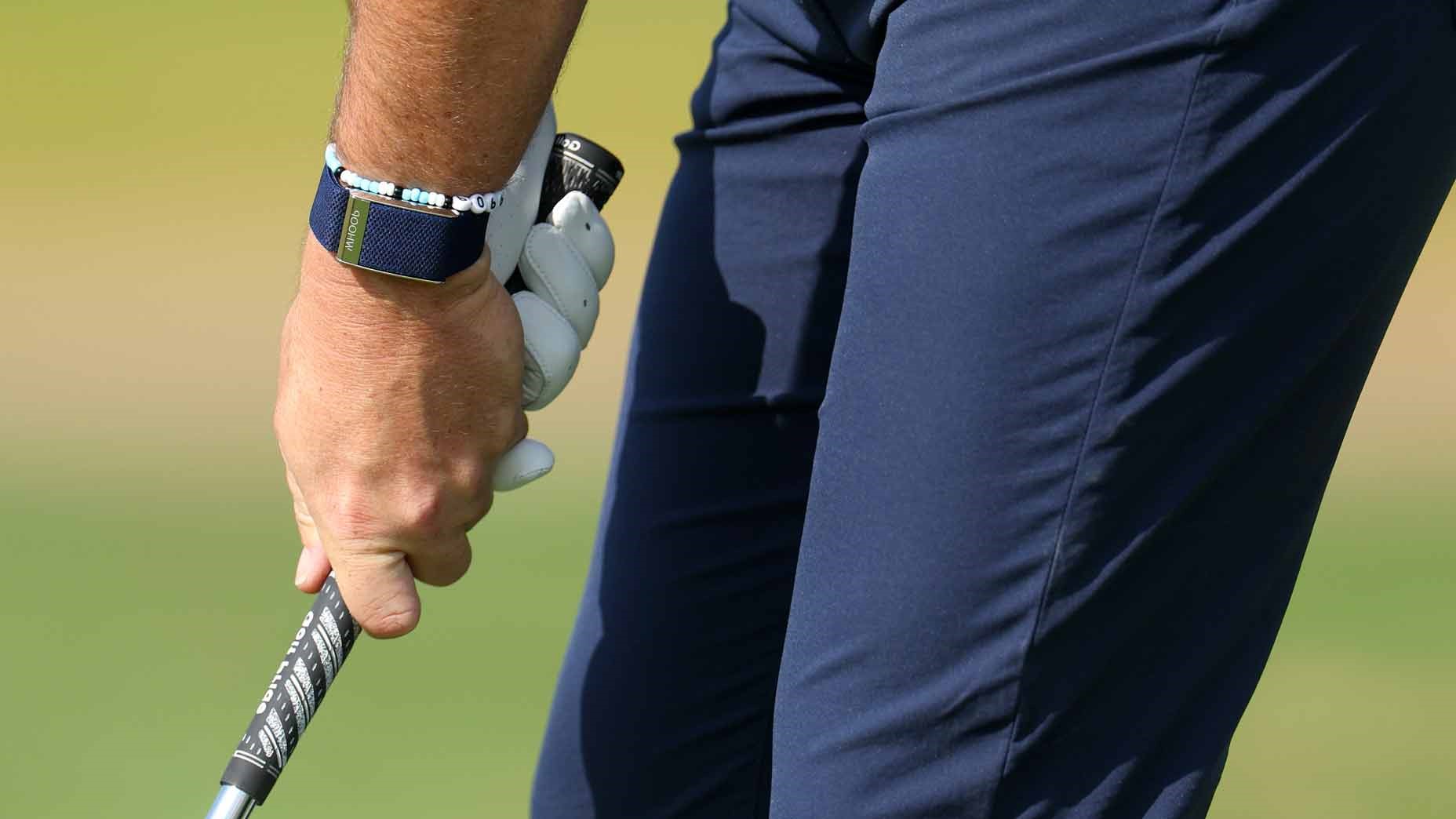

Self-Improvement
How To Perfect Your Golf Grip
Published: February 25, 2024
Improve your golf game with the perfect grip. Learn self-improvement techniques to enhance your golfing skills and performance.
(Many of the links in this article redirect to a specific reviewed product. Your purchase of these products through affiliate links helps to generate commission for Noodls.com, at no extra cost. Learn more)
Table of Contents
Introduction
Golf is a game of precision, finesse, and technique. Among the many crucial elements that contribute to a successful golf swing, the grip is often overlooked by many players. However, the significance of a proper golf grip cannot be overstated. It serves as the foundation for a golfer's swing, influencing the clubface's position, the path of the swing, and ultimately, the direction and distance of the ball.
Perfecting your golf grip is essential for achieving consistency and control in your shots. Whether you are a novice golfer or a seasoned pro, mastering the art of gripping the club correctly can significantly impact your overall performance on the course. By understanding the nuances of a proper grip and avoiding common mistakes, you can elevate your game to new heights.
In this comprehensive guide, we will delve into the intricacies of the golf grip, exploring the importance of a proper grip, common mistakes to avoid, and actionable steps to refine your technique. Additionally, we will provide practical practice drills to help you reinforce your grip and develop muscle memory for a more reliable and effective swing.
Embark on this journey to enhance your golfing prowess by honing a fundamental yet often underestimated aspect of the game. Let's unlock the secrets to perfecting your golf grip and unleash your full potential on the fairways and greens.
Read more: How To Organize Golf Bag
Importance of a Proper Golf Grip
A proper golf grip is the cornerstone of a golfer's technique, wielding a profound influence on the outcome of every shot. It directly impacts the clubface's alignment, the path of the swing, and the transfer of power from the player to the ball. Understanding the significance of a correct grip is pivotal for any golfer striving to improve their game.
First and foremost, a proper grip establishes a strong connection between the golfer and the club. It ensures that the club is held securely in the hands, minimizing the risk of slippage during the swing. This stability is essential for maintaining control and generating consistent, accurate shots. Without a secure grip, the clubface may twist or turn unexpectedly, leading to errant shots and diminished performance.
Furthermore, the golf grip plays a pivotal role in shaping the clubface's position at impact. A well-executed grip helps square the clubface, aligning it perpendicular to the target line. This alignment is crucial for achieving straight, on-target shots. Conversely, an improper grip can result in an open or closed clubface, leading to slices, hooks, and a lack of directional control.
In addition to influencing the clubface's alignment, the grip affects the swing's path and tempo. A proper grip promotes a fluid, natural swing, allowing the club to move along the intended path with minimal resistance. This seamless motion facilitates a more efficient transfer of energy from the golfer to the ball, maximizing power and distance. Conversely, a faulty grip can introduce tension and inconsistency into the swing, impeding the player's ability to generate optimal clubhead speed and control.
Moreover, a correct grip fosters a sense of confidence and assurance in the golfer's abilities. By establishing a solid connection with the club, players can approach each shot with the assurance that they have a firm grasp on the outcome. This psychological aspect of the grip is often underestimated but can significantly impact a golfer's mindset and performance on the course.
In essence, the importance of a proper golf grip cannot be overstated. It serves as the linchpin of a golfer's technique, exerting a far-reaching influence on shot accuracy, distance, and overall consistency. By recognizing and embracing the pivotal role of the grip, golfers can lay a sturdy foundation for their game, setting the stage for improved performance and a more fulfilling golfing experience.
Common Mistakes in Golf Grips
Mastering the art of the golf grip entails not only understanding the correct technique but also being mindful of common pitfalls that can hinder a golfer's performance. By identifying and rectifying these prevalent mistakes, players can elevate their game and achieve greater consistency and control in their shots.
One of the most widespread errors in golf grips is the tendency to grip the club too tightly. While it may seem intuitive to exert a firm hold on the club, an excessively tight grip can lead to tension in the hands, arms, and shoulders, impeding the fluidity of the swing. This tightness can also hinder the club's natural release through impact, resulting in diminished clubhead speed and compromised accuracy. To mitigate this mistake, golfers should strive for a relaxed, yet secure grip, allowing for a more fluid and unrestricted swing motion.
Another common misstep is the improper positioning of the hands on the club. Placing the hands too far to the left or right on the grip can disrupt the clubface's alignment and compromise the intended ball flight. Additionally, gripping the club too much in the palm of the hands, rather than in the fingers, can limit wrist mobility and hinder the club's release, leading to suboptimal shot outcomes. Golfers should aim to position their hands neutrally on the grip, with the club's handle running diagonally across the fingers, enabling greater control and maneuverability throughout the swing.
Furthermore, the failure to maintain consistent grip pressure throughout the swing is a prevalent mistake that can undermine a golfer's performance. Fluctuations in grip pressure, such as gripping the club tightly during the backswing or loosening the grip prematurely, can introduce instability and inconsistency into the swing, resulting in erratic shots. Developing a steady, even grip pressure from the address through impact is essential for promoting a smooth, cohesive swing and optimizing shot accuracy.
Additionally, overlooking the importance of the non-dominant hand's role in the grip can lead to suboptimal performance. The non-dominant hand, often the left hand for right-handed golfers, plays a crucial role in controlling the club and dictating its path through the swing. Neglecting to engage the non-dominant hand effectively can compromise the synchronization and coordination of the swing, impeding the generation of power and accuracy.
By recognizing and addressing these common mistakes in golf grips, players can refine their technique, enhance their consistency, and unlock their full potential on the course. Through mindful practice and a focus on proper grip fundamentals, golfers can overcome these pitfalls and pave the way for improved performance and a more rewarding golfing experience.
Steps to Perfect Your Golf Grip
Perfecting your golf grip is a transformative journey that can elevate your game to new heights. By focusing on the fundamental elements of the grip and implementing precise adjustments, you can refine your technique and enhance your overall performance on the course. Here are the essential steps to perfecting your golf grip:
-
Understand the Basic Grip Types: Familiarize yourself with the two primary grip types: the overlapping (Vardon) grip and the interlocking grip. The overlapping grip involves the pinky finger of the trailing hand resting on top of the index and middle fingers of the lead hand. The interlocking grip, favored by players with smaller hands, entails interlocking the pinky finger of the trailing hand with the index finger of the lead hand. Experiment with both grip styles to determine which feels most natural and comfortable for you.
-
Position the Club in the Lead Hand: Place the club handle diagonally across the fingers of your lead hand (left hand for right-handed golfers), ensuring that the grip rests just below the heel pad. The handle should run from the first joint of the index finger to the base of the pinky finger, promoting greater control and maneuverability.
-
Align the Non-Dominant Hand: With the club positioned in the lead hand, place the non-dominant hand (right hand for right-handed golfers) on the club, ensuring that the lifeline of the hand rests snugly against the thumb of the lead hand. The thumb and index finger of the non-dominant hand should form a "V" pointing towards the trail shoulder, facilitating a unified grip.
-
Establish Grip Pressure: Maintain a consistent, moderate grip pressure throughout the swing, avoiding excessive tension or looseness. Strive for a grip pressure that allows for a secure hold on the club while enabling fluid wrist action and a natural release through impact.
-
Check the Clubface Alignment: Verify that the clubface is square to the target line when gripping the club. This alignment is crucial for achieving straight, accurate shots. Pay attention to the positioning of your hands to ensure that the clubface remains square throughout the swing.
-
Seek Professional Guidance: Consider seeking guidance from a qualified golf instructor or professional to assess and refine your grip technique. A personalized evaluation can provide invaluable insights and tailored recommendations to optimize your grip for enhanced performance.
By diligently following these steps and committing to deliberate practice, you can cultivate a refined and effective golf grip, laying the groundwork for improved shot consistency, accuracy, and distance. Embrace the journey of perfecting your golf grip, and unlock the potential for a more fulfilling and rewarding golfing experience.
Practice Drills for Improving Your Golf Grip
Enhancing your golf grip requires dedicated practice and targeted drills to reinforce muscle memory and refine your technique. By incorporating specific exercises into your training regimen, you can fortify your grip and lay the groundwork for a more consistent and controlled swing. Here are several practice drills designed to improve your golf grip:
1. Grip Pressure Awareness
Developing a keen sense of grip pressure is essential for maintaining a balanced and controlled hold on the club throughout the swing. To cultivate this awareness, practice gripping the club with varying degrees of pressure, ranging from light to firm, and observe the impact on your swing. Experiment with different pressure levels during practice swings, focusing on maintaining a steady grip while allowing for fluid wrist action and a natural release of the club through impact.
2. Targeted Finger Grip
Refine your finger grip by engaging in a focused exercise that emphasizes the role of the fingers in securing the club. With the club in hand, consciously grip the handle using only your fingers, excluding the palms and thumbs. This drill encourages a more precise and nuanced grip, promoting greater dexterity and control over the club throughout the swing. By isolating the fingers in this exercise, you can develop a heightened sensitivity to the subtle adjustments required for an optimal grip.
3. Grip Stability Challenge
Challenge your grip stability by incorporating drills that introduce controlled instability. Utilize training aids such as grip enhancers or slightly undersized grips to simulate a less secure hold on the club. By practicing with these aids, you can enhance your grip strength and stability, fostering a more resilient and adaptable grip that can withstand varying swing forces and conditions on the course.
4. Grip Alignment Visualization
Improve your grip alignment by visualizing the ideal hand positioning and clubface alignment during practice swings. Before each swing, mentally visualize the precise placement of your hands on the grip and envision the clubface aligning squarely with the target line. This mental rehearsal reinforces muscle memory and promotes a consistent grip and clubface alignment, translating into more accurate and predictable shots during actual play.
Read more: How To Clean Golf Clubs
5. Progressive Grip Pressure Exercise
Engage in a progressive grip pressure exercise to refine your ability to modulate pressure throughout the swing. Begin with a light grip pressure at address, gradually increasing the pressure as you transition into the backswing, and then releasing the pressure slightly as you approach impact. This exercise cultivates a heightened awareness of grip pressure dynamics, enabling a more fluid and controlled transfer of energy from the swing to the ball.
By integrating these practice drills into your training routine, you can systematically enhance your golf grip, fortify your technique, and elevate your overall performance on the course. Embrace the opportunity to refine your grip through purposeful practice, and unlock the potential for greater consistency, control, and confidence in your golf game.
Conclusion
In the realm of golf, the significance of a proper grip cannot be overstated. It serves as the linchpin of a golfer's technique, exerting a far-reaching influence on shot accuracy, distance, and overall consistency. As we conclude this comprehensive guide to perfecting your golf grip, it's essential to reflect on the transformative impact of honing this fundamental aspect of the game.
By understanding the nuances of a correct grip and avoiding common mistakes, golfers can lay a sturdy foundation for their game, setting the stage for improved performance and a more fulfilling golfing experience. The journey to perfecting your golf grip is not merely a technical pursuit; it is a gateway to unlocking your full potential on the fairways and greens.
Through the essential steps outlined in this guide, including familiarizing oneself with grip types, positioning the club in the lead hand, aligning the non-dominant hand, establishing grip pressure, and seeking professional guidance, golfers can embark on a transformative journey toward a refined and effective golf grip. These steps, when diligently followed and integrated into practice, can pave the way for improved shot consistency, accuracy, and distance.
Furthermore, the incorporation of targeted practice drills designed to fortify the grip and reinforce muscle memory is instrumental in solidifying the gains made through focused technique refinement. By engaging in exercises that enhance grip pressure awareness, finger grip precision, stability, alignment visualization, and progressive pressure modulation, golfers can cultivate a heightened sensitivity to the subtle nuances of the grip, fostering greater control and adaptability in their swings.
As golfers embrace the opportunity to refine their grips through purposeful practice, they unlock the potential for greater consistency, control, and confidence in their golf game. The culmination of these efforts transcends the technical realm, permeating the psychological and emotional facets of the game, instilling a sense of assurance and empowerment in the golfer's abilities.
In essence, the journey to perfecting your golf grip is a transformative pursuit that transcends the mechanical aspects of the game. It is a journey of self-discovery, resilience, and growth, culminating in a heightened mastery of the sport and a more profound connection between the golfer and the game. As you venture forth on this path, may your refined grip serve as a steadfast anchor, guiding you toward greater achievements and a more enriching golfing experience.

